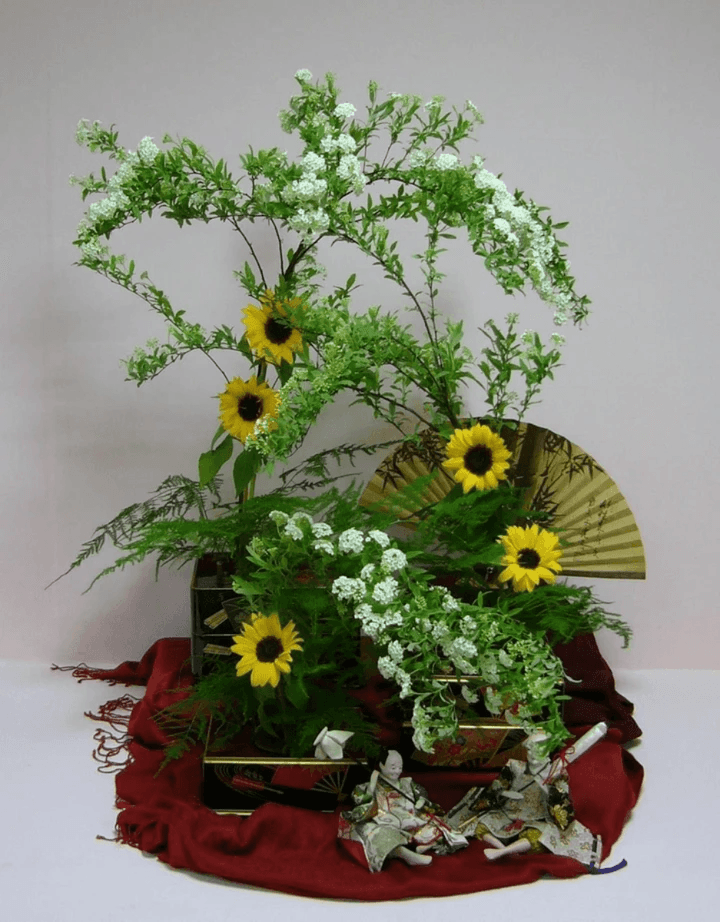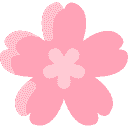
Kado Sensho Ikenobo
School of Ikebana
The Philosophy of Wa (harmony), Kei (respect), Sei (purity) and Jaku (tranquility) are integral parts of each design. As well as movement, depth and negative space.

Design by Sensei Margy Metzler
This design was for an exhibit in Okinawa Japan and used bento boxes.
Social Feed
Check out my latest updates
Official Website for Kado Sensho Ikenobo United States Chapter
Founding Chapter President and Kado Sensho Ikenobo Sensei Margy Metzler received her training and certification from Master Sensei and Japanese National living Treasure Keiko Nakajima Robins while living in Okinawa, Japan. She is a Nihon-Sokatoku the highest ranked Kado Sensho Ikenobo teacher in North and Central America. Margy has been teaching for 15 years both in Japan and the U.S.A. Sensei Margy was recently awarded her own "Door Plate" signafiing permission to start a branch of the school. Margy brings an art and design background as well as the philosophy and traditions of the Urasenke Chado Tea Ceremony to her designs. She teaches, demonstrates and provides workshops.
Chapter Vice President Elizabeth Biddle started her training while living in Okinawa Japan under Sensei Keiko Nakajima Robins. She complete her training under Sensei Margy and is a Level Three Sensei. She continues her training as well as teaching, demonstrating and providing workshops. Elizabeth has begun attending Anime cons to spread Ikebana to its following.
Chapter Secretary Nelsa Bross has been studying under the tutelage of Sensei Margy Metzler for four years and is the rank of Substitute Level Three. She is also a sucessful real estate agent in SW Florida.
Characteristics of our School
Rooted in tradition, blossoming with creativity, the Way of Flowers that evolves with time.

Tradition & Style
We honor classic forms like Rikka, Nageire, Seika, and Moribana while embracing natural, colorful, and free-style designs that suit the modern lifestyle.

The Way of Kado
More than arranging flowers, Kado is a path, a discipline that blends etiquette, skill, and mindfulness. Our practitioners, called Kadoka, trained in both technique and spirit.

Creativity with Nature
Using only plant materials, our designs celebrate the seasons and reflect the natural world with elegance, simplicity, and freedom.
Our Founder: Sensho Ikenobo
Kado Sensho Ikenobo was founded in 1930 by Yudo Ishibashi, a skilled practitioner of Ikebana and Tea Ceremony, born into a samurai family in Saga Prefecture. Trained at the Ikenobo School, he rose through the ranks and championed both classical and modern floral styles. When his vision for a more democratic and evolving Ikebana practice was not accepted, he founded his own school, blending tradition with creativity. His legacy continues today through his great-granddaughter, Yoriko Moroizumi, the current Iemoto.
Join Our Ikebana Community
Sign up with your email address to receive updates on workshops, demonstrations, and special events in the art of Ikebana and the Japanese Tea ceremony.




